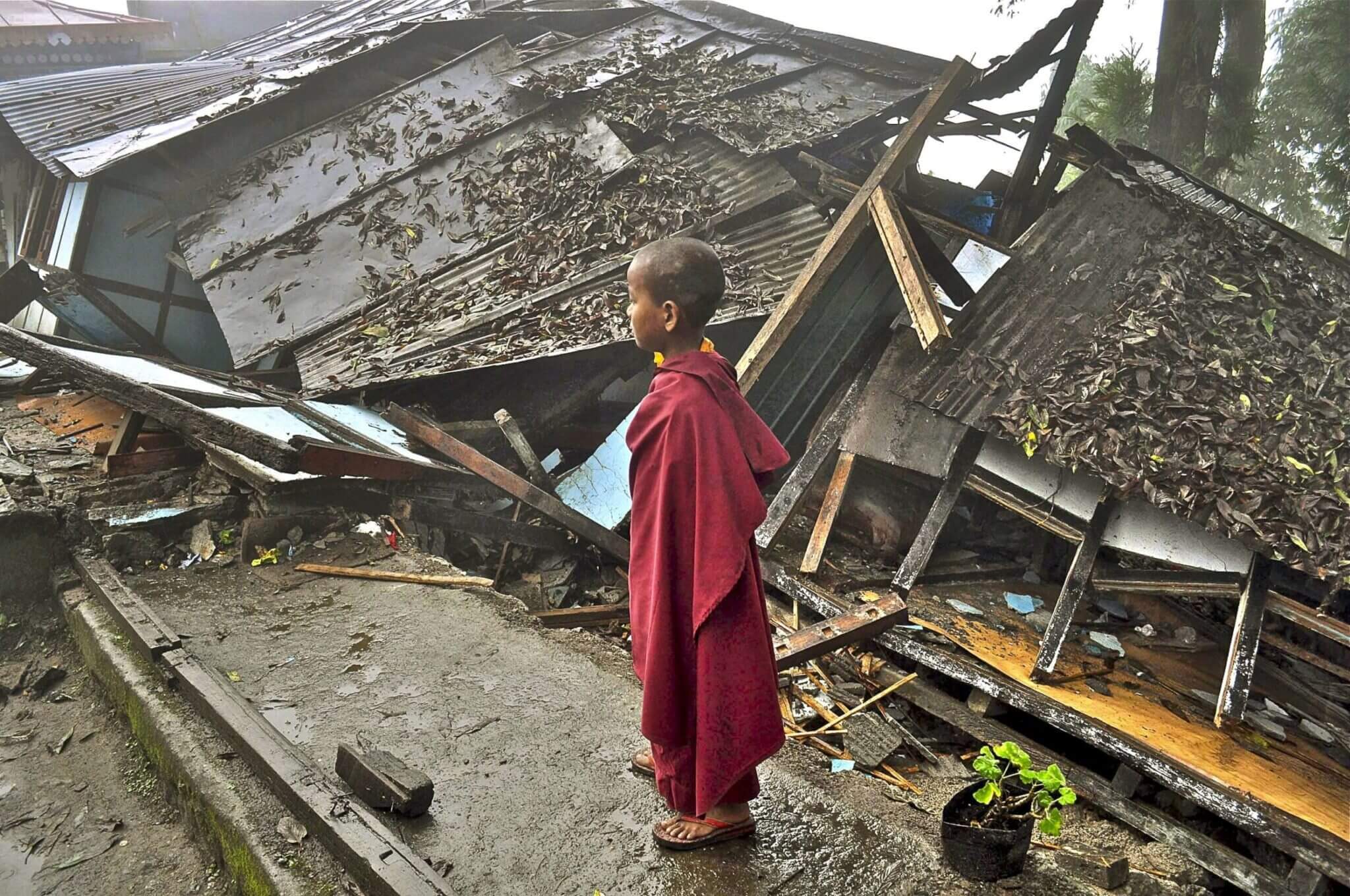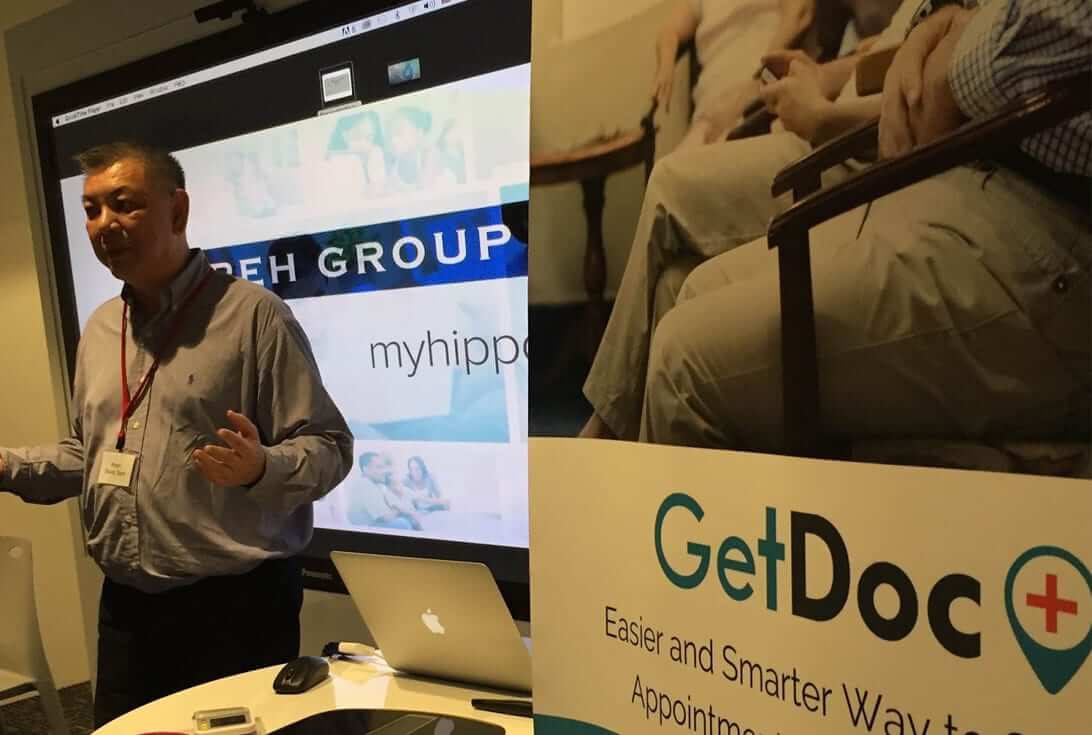Each year seventy to seventy-five earthquakes occur throughout the world in a populated area with sufficient magnitude to cause damage. With recent tragedies that are effecting thousands of lives, during and after shock, many questions are erupting whether next generation technologies can bring any value to the table.
Can earthquakes be predicted? Many seismologists would probably answer, ‘Not yet, but eventually’. But to date, nobody has been able to predict earthquakes reliably enough and over short enough time scales to allow the evacuation of threatened cities. Some scientists have entirely lost faith in earthquake prediction. They say that so many factors decide whether a fault will rupture that earthquakes could well be inherently unpredictable in a practical sense.
Can IoT help with Earthquake prediction efforts?
Many of the potential applications for IoT (Internet of Things) are right in front of us especially during Earthquakes. Think about the average street in an emerging country: there are buildings, bridges, power poles, underground cable, sewage and water lines, signaling, traffic, air quality. All of these aspects interact with each other, and once you understand these interactions, you can start to manage disaster prevention and recovery processes efficiently.
The starting point is being able to communicate with things and get some basic information back: are they working, where are they and what can they tell you about their surroundings? – connected devices providing information that can generate insight, action and benefits.
One basic idea behind quake prediction is that faults send out subtle but detectable warnings before they slip. Scientists have looked at a host of potential warning signals, or “precursors,” including foreshocks, weird animal behavior, and changes in the water table, stream flow, well levels, and patterns of electrical currents in the ground. If IoT devices embedded with multiple sensors get installed in the buildings, bridges, bus stops, underground pits, lakes, roads, nearby mountains etc, different data can be captured and analyzed. Though this is not total prediction, the data is giving scientists better ideas of where earthquakes are going to occur in the future, and can help people prepare for the eventual earthquake.
Wireless buildings, bridges sensors can help reduce this risk by monitoring all aspects of a buildings, bridge’s health, such as vibration, pressure, structural damages, humidity, and temperature. In the past, Researchers at the University of Maryland, College Park have tested bridge sensors on the I-495 Bridge in Maryland and were able to use data analysis to detect structural changes that had developed after repairs. The system can also send automated alerts by email or text messaging to bridge engineers if an immediate threat is detected.
Jindo Bridge (pictured) in South Korea was one of the world’s first fully-automated smart bridges with over 600 wireless sensors continuously monitoring the bridge’s structural health.
The U.S. Geological Survey Advanced National Seismic system uses accelerometers and real-time data analysis to monitor the structural health of buildings in earthquake prone regions. Sensors detect the degree of the building’s movement, the speed that seismic waves travel through the building, and how the frame of the building changes. Software then analyzes the data to determine the building’s structural health immediately.
Are all Smart Cities resilient to Earth Quakes?
IoT-driven services in smart cities generate big amounts of real-time data often have associated precision, privacy and security implications. Besides the need to properly justify and plan how and where to deploy IoT solutions, other challenges facing current and upcoming smart cities how to make sense and best use of such ‘big data’, while addressing associated implications. Cities can only be really ‘smart’ if they have in place the necessary intelligent, robust and reliable functions to integrate and synthesize these big data and filter out any unwanted ‘noise’ for the purpose of improving city infrastructure, disaster management, sustainability and quality of life.
In one say
Earthquakes almost never kill people directly. Instead, many deaths and injuries result from falling objects and the collapse of buildings, bridges, and other structures. Fire resulting from broken gas or power lines is another major danger during a quake. Spills of hazardous chemicals are also a concern during an earthquake
In order to truly realize the benefits of IoT (Internet of Things) solutions, residents, business owners and city planners need to understand that it isn’t all about the technology, they all need to have a goal to work towards, and something to improve be it with either construction designs and maintenance.




























